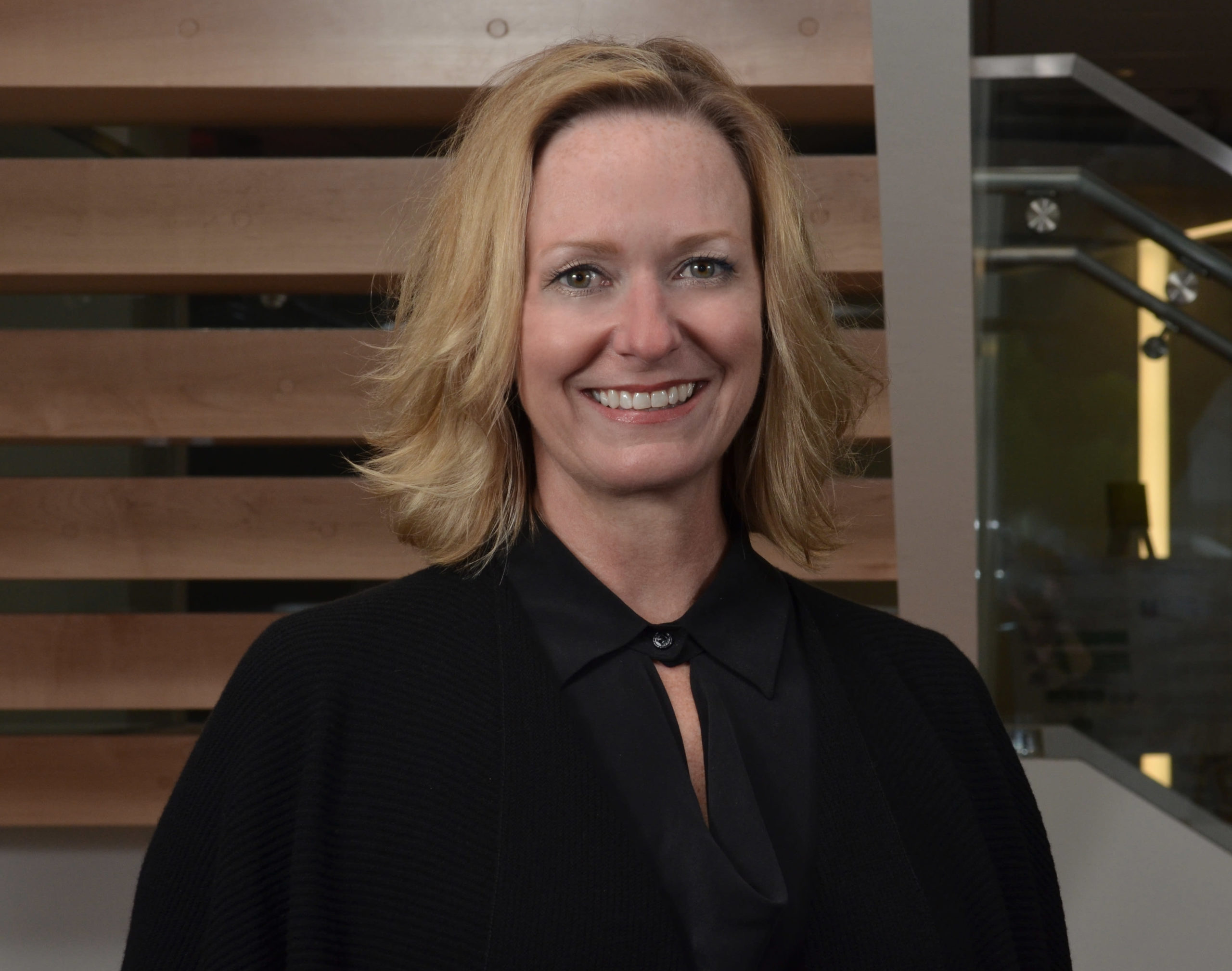Or listen in your favorite podcast app
Apple Podcasts / Google Podcasts / Spotify
The COVID-19 pandemic has forced industries across the spectrum to quickly alter their business models, which meant that the need for accelerated digital transformations was higher than ever before. The healthcare industry was no exception, but how we access medical care has been undergoing a transformation for years thanks to the evolution of telehealth. Heather Cox is the Chief Digital Health and Analytics Officer at Humana, and on this episode of IT Visionaries, she touches on how health care providers across the industry have adapted to an altered landscape, and she dives into the benefits telehealth is providing patients in the midst of a pandemic.
Key Takeaways
- Response Matters: When the COVID-19 pandemic struck, healthcare providers were forced to shift basic visits with their primary care physician’s online. Overnight, Humana went from seeing less than 1% of its visits occur via telehealth to nearly 32% at its peak. To meet that demand, it was critical to have a working full-stack relationship in order to respond when unforeseen issues arose.
- Customers Come First: Regardless of whether you are in healthcare or fintech, one basic principle still applies: the customer always comes first. To meet this guiding principle you must follow a few main pillars, including making sure the process is as seamless for the consumer as possible and making sure the experience is enjoyable.
- Minding the Gap: One of the biggest areas of concern when it comes to telehealth is that a massive portion of the population still does not have access to broadband internet or connected devices. In order for telehealth to continue to see substantial growth, that gap needs to be closed.
—–
For a more in-depth look at this episode, check out the article below.
The COVID-19 pandemic has forced industries across the spectrum to quickly alter their business models, which meant that the need for accelerated digital transformations was higher than ever before. The healthcare industry was no exception, but how we access medical care has been undergoing a transformation for years thanks to the evolution of telehealth. Heather Cox is the Chief Digital Health and Analytics Officer at Humana and on this episode of IT Visionaries, she touches on how health care providers across the industry have adapted to an altered landscape, and she dives into the benefits telehealth is providing patients in the midst of a pandemic.
A FinTech expert, Cox is relatively new to Humana, surpassing the two-year mark with the company just this past year. But while Cox’s expertise includes stints with E-Trade, Capital One, and CitiBank, the overall mission for her has never wavered: the customer always comes first.
“I became a customer fanatic in the early 2000s during my years at E-Trade,” Cox remembers. “I became that person managing all the operations and when trouble would hit, I would have to go solve it because we were in the midst of trying to disrupt Wall Street with our new model of online…So I became just knowledgeable enough to be dangerous.”
Today Cox refers to herself as a business technologist, and her job is to understand the goals Humana is trying to achieve in order to create value for both its customer base, and its health care providers, who are responsible for taking care of members.
“At Humana, we’re actually driving a digital transformation at the same time that we’re achieving real-time business value,” Cox said. “We’ve got to be great at technology and understanding what great solutions can and should look like, but we also have to have great empathy for the business. You’ve got to have great empathy for technology and what it can do for your business, so we can help you rethink the model.”
One of the ways the COVID-19 pandemic has forced the healthcare industry to rethink its business model is through Humana’s overall strategy. According to Cox, Humana has two primary pillars it abides by — making things seamless and the ability to create an easy experience for the consumer.
“We think about [how we can] rip the friction out of the process,” she said. “That includes thinking about the digital space, as well as creating better health outcomes, creating easier seamless experiences that are personalized and contextualized in this digital world that also deliver on improved health. Our job is to make sure that we are enabling the organization to really go after those strategic pillars.”
Prior to the pandemic, Cox said Humana deployed nearly 80,000 nurses a day who would routinely enter client’s homes. As one of the nation’s largest providers of healthcare, along with a robust network of clinics who operate within Humana’s ecosystem, the importance of having a full-stack engineering and analytics team, along with partnering closely with their IT and security colleagues, has never been more important than it is today. Now, things have completely changed.
“Zero-point-three percent of our visits with our providers happened via telehealth prior to the pandemic,” Cox said. “At the height of our COVID response, that number rose to 32%. So we went from 20,000 to 1.5 million in a single month.”
Since the height of the pandemic, Cox said those numbers have leveled-off, dipping back to a range between 12-15%, but the volume of telehealth adoption in less than a year remains a point of intrigue. Now the question has shifted less toward can Humana continue to work at this pace, to whether telehealth is here to stay?
“What we found is that even seniors were able and willing to do telehealth when it was a time of necessity,” Cox said. “They were worried about going to see their doctor in-person. They didn’t want to be exposed to the virus. That was incredible.”
While more people continue to accept telehealth as a viable option, there remain obstacles in making the practice widespread. According to Cox, one of the biggest challenges used to be getting doctors to buy-in to the process as a viable option.
But doctors have recently adapted more to visits with patients occurring over devices, so new challenges have come to the forefront. One of those is the need for various online options based on patient needs. In order to meet those needs, Humana is using new and emerging technology, including adopting the use of artificial intelligence.
“We’ve introduced artificial intelligence-driven triage,” Cox said. “Members can go for COVID purposes and get help and take a quick assessment if they have been exposed potentially. Consumers want to understand what they should do, and we can refer them to telehealth or we can refer them to an in-home test. We’ve been able to bridge the digital experience into a physical experience through that in-home test.”
According to Cox, another way the pandemic has altered business for Humana is the way customers have adapted their requests. Prior to stay-at-home orders, most appointments were routinely made over the phone. As more consumers moved toward doing everything on their devices, the influx of appointments made digitally soared to nearly 97% .
“Consumers have the ability to use their own device to actually access their doctor,” Cox said. “The providers are also engaging and really leaning in and finding value. So there’s a systemic shift that’s happened. Now what we have to do is to take the systemic shift, which was intended to be temporary, and find ways to make it permanent.”
So how do you begin to shift the system to a new normal? According to Cox, it begins with government regulation, something that has been in the process over the last few weeks.
“We also are starting to see the systemic regulatory shift that will actually help drive this forward,” Cox said, “The quality of care is still there. The reduction of overall costs is there. That’s a really powerful combination and it’s just the ease.”
It’s important to remember, though, that telehealth is not about replacing your primary care physician with a device — it’s about making the healthcare industry more accessible to a broader reach of people. While connected devices remain accessible for much of the population, Cox stressed there is still a large digital divide when it comes to certain pockets of the country, something that has to change as healthcare pushes forward in a post-COVID world.
“Let’s assume you have a device and that you have broadband and so that you can actually access, utilize data and connect,” she said. “There is still, in the 65-plus [age demographic], a huge divide between those who have access to broadband and those who don’t. The statistics we’re seeing at this point is that the gap is such that there are nine million-plus without access to broadband. That is a huge gap that we’ve got to also figure out across industries how we’re going to help close.”—
To hear the entire discussion, tune into IT Visionaries here.




